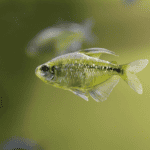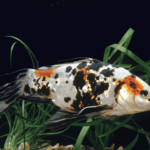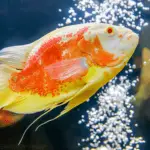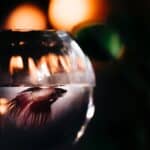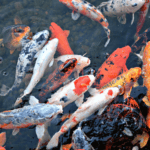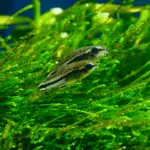Guppies are popular aquarium fish known for their vibrant colors and lively personalities. To keep them healthy and thriving, it’s important to maintain proper water conditions. In this article, we’ll explore the ideal water parameters for guppies and why they’re important.
pH Level
The pH level measures the acidity or alkalinity of the water. Guppies are adaptable to a range of pH levels, but they do best in slightly acidic water with a pH of 7.0 to 7.5.
Water that is too alkaline (above 7.5) or too acidic (below 7.0) can cause stress and lead to disease in guppies. To maintain a stable pH level, consider using a pH test kit and adjusting the water as needed with a pH buffer solution.
Water Temperature
Guppies are tropical fish and prefer water that is kept between 75°F and 80°F. A stable water temperature is essential for their health, so it’s important to use a reliable aquarium thermometer to monitor the water temperature.
In addition, a heater may be necessary to maintain the ideal temperature, especially in areas with cooler climates.
Water Hardness
Water hardness refers to the amount of dissolved minerals, such as calcium and magnesium, in the water. Guppies prefer water that is slightly hard, with a general hardness (GH) of 10 to 20 parts per million (ppm).
Water that is too hard (above 20 ppm) or too soft (below 10 ppm) can lead to health problems in guppies. To maintain the proper water hardness, you can use a water hardness test kit and adjust the water as needed with a water conditioner.
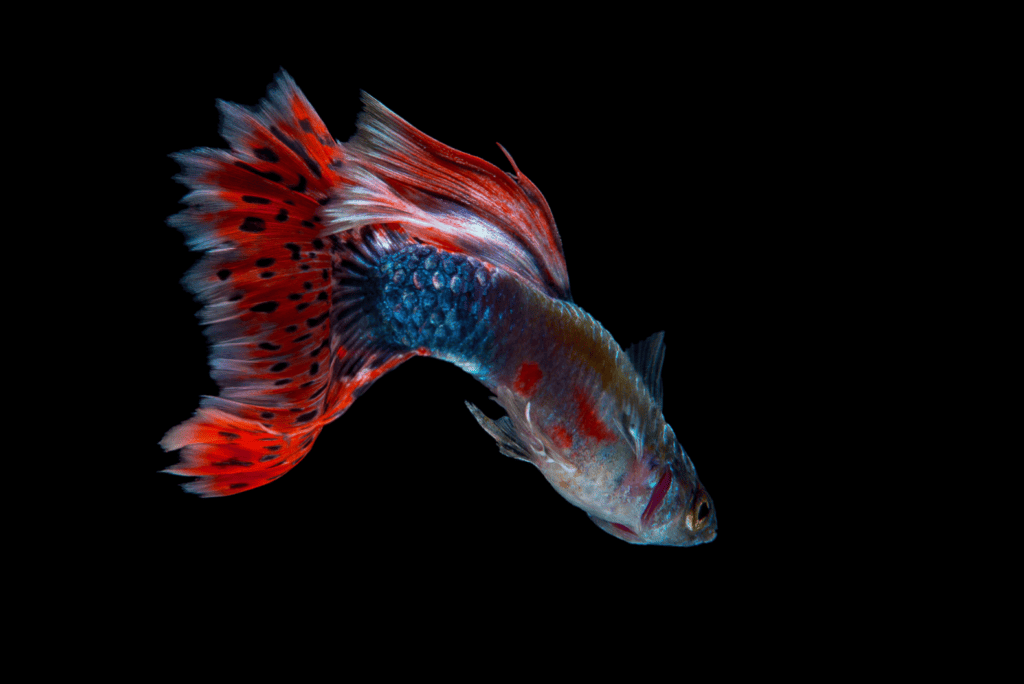
Ammonia, Nitrite, and Nitrate Levels
Ammonia, nitrite, and nitrate are all toxic to fish, and it’s important to maintain low levels in the aquarium. Guppies do best in water with zero ammonia and nitrite levels, and nitrate levels that are below 20 ppm.
To ensure proper water quality, perform regular water tests and perform partial water changes as needed. Regular partial water changes can help to remove excess waste and keep ammonia, nitrite, and nitrate levels in check.
How to Test the Water for Ideal Parameters?
To ensure that your guppies are living in the best water conditions, it’s important to regularly test the water for the ideal parameters. There are a few different ways to test the water, including:
- pH Test Kit: This kit will measure the acidity or alkalinity of the water, allowing you to determine the pH level.
- Water Hardness Test Kit: This kit will measure the amount of dissolved minerals in the water, allowing you to determine the water hardness.
- Ammonia, Nitrite, and Nitrate Test Kit: This kit will measure the levels of ammonia, nitrite, and nitrate in the water, allowing you to ensure that these toxic substances are kept at safe levels.
All of these test kits are readily available at pet stores or online and are easy to use. Simply follow the instructions on the kit to perform the test and interpret the results. If the results show that any of the parameters are outside of the ideal range, take steps to adjust the water as needed.
It’s important to note that water quality can change quickly in an aquarium, so it’s recommended to test the water once a week or as needed. This will help you to quickly identify and address any issues, ensuring the best possible water conditions for your guppies.
Water Changes and Maintenance
Regular water changes and maintenance are essential for keeping the water in top condition for your guppies. In addition to testing the water regularly, it’s important to perform partial water changes, clean the aquarium, and maintain the filtration system.
- Partial Water Changes: Perform partial water changes of 25-50% of the water once a week or as needed. This will help to remove excess waste and keep the water fresh and clean.
- Cleaning the Aquarium: Clean the gravel, decorations, and any other surfaces in the aquarium regularly to remove debris and prevent the build-up of harmful substances.
- Filtering the Water: Make sure that the filtration system is working properly and clean or replace the filters as needed. A good filtration system is crucial for removing waste and maintaining healthy water conditions.
- Adding Aquarium-Friendly Bacteria: Consider adding aquarium-friendly bacteria to the water to help break down waste and maintain healthy water conditions.
By performing regular water changes and maintenance, you’ll be able to keep the water in top condition for your guppies, promoting their health and happiness.
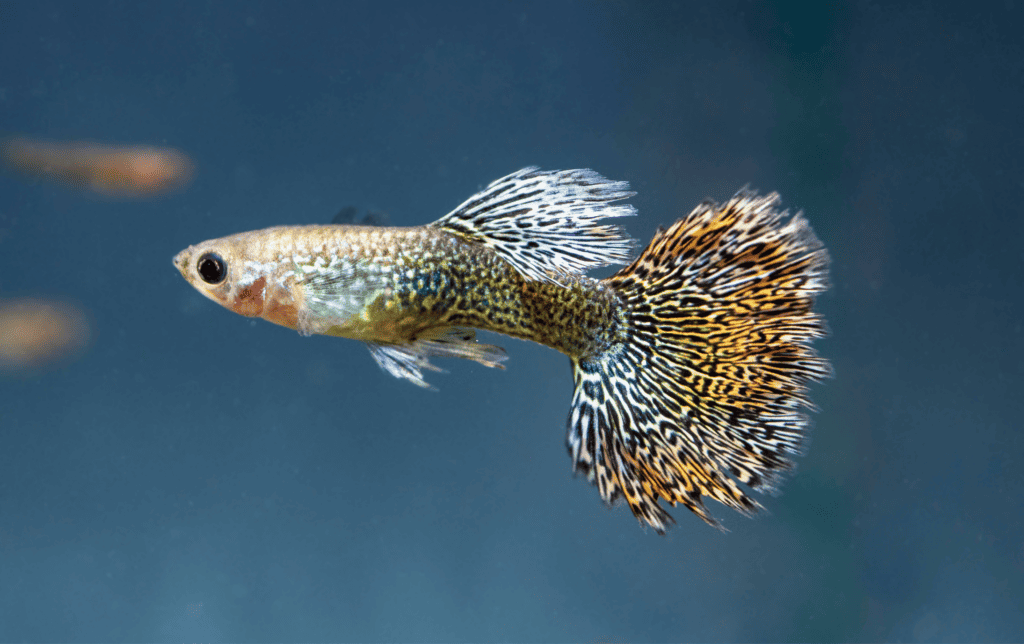
Common Mistakes to Avoid
Caring for guppies can be a rewarding experience, but it’s important to avoid some common mistakes that can lead to poor water conditions. Here are a few common mistakes to avoid:
- Overfeeding: Overfeeding can lead to excess waste in the water and poor water quality. Only feed your guppies what they can eat in a few minutes, and avoid feeding them more.
- Under-Filtration: A good filtration system is essential for removing waste and maintaining healthy water conditions. Make sure that the filtration system is working properly and clean or replace the filters as needed.
- Improper Water Changes: Perform partial water changes of 25-50% of the water once a week or as needed. Avoid changing too much of the water at once, as this can shock the fish and upset the balance of the water.
- Ignoring Water Quality: Regularly test the water and perform partial water changes to maintain the best water conditions for your guppies. Ignoring water quality can lead to poor health and disease.
By avoiding these common mistakes and following the advice in this article, you’ll be able to keep your guppies healthy and thriving in the best possible water conditions.
Conclusion
In conclusion, maintaining the proper water parameters is crucial for the health and happiness of guppies. By keeping the pH level between 7.0 and 7.5, the water temperature between 75°F and 80°F, the water hardness between 10 and 20 ppm, and the ammonia, nitrite, and nitrate levels at zero or below 20 ppm, you’ll be on your way to creating a healthy and thriving aquarium for your guppies. Remember to regularly test the water and perform partial water changes to ensure the best water conditions for your fish.

